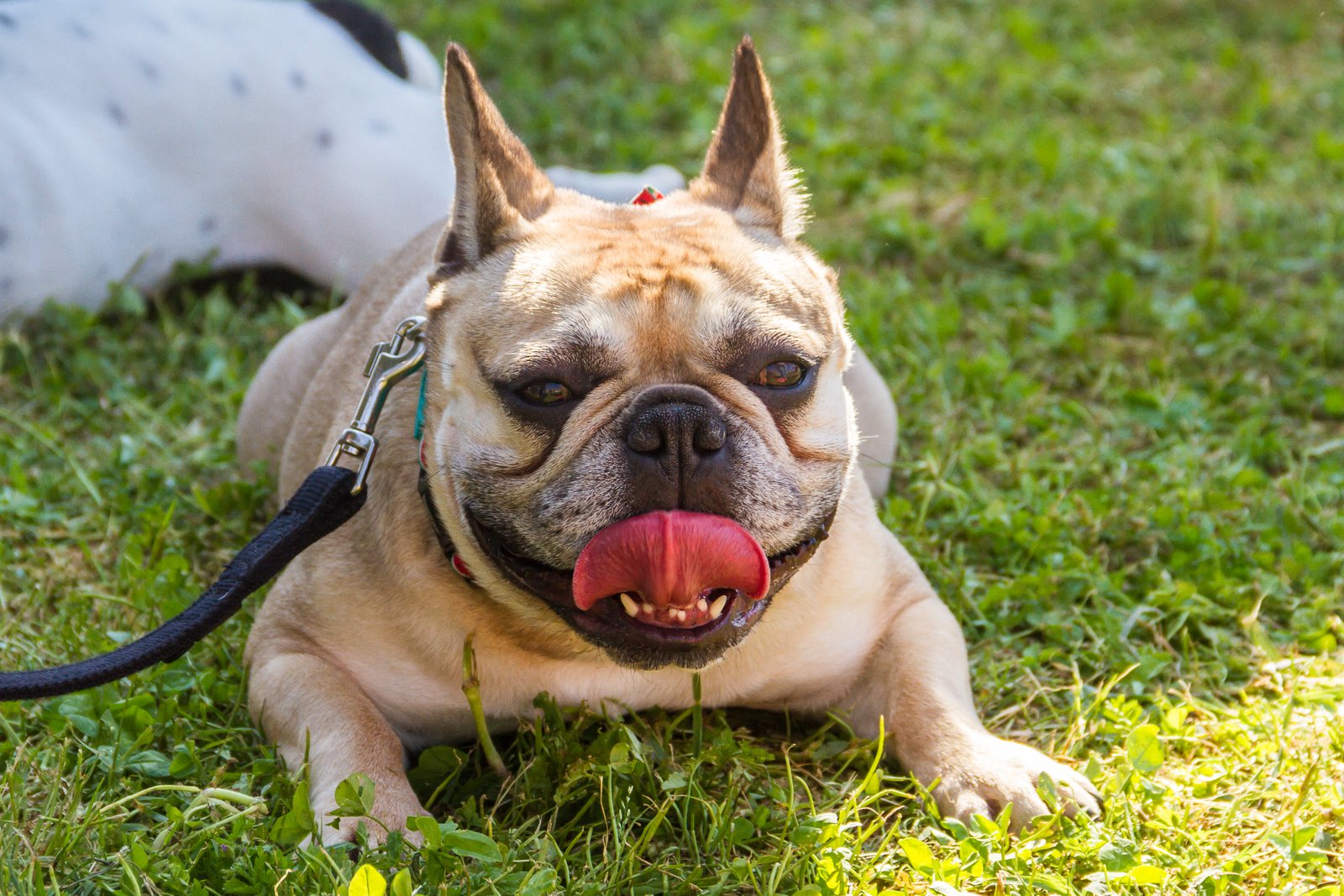- July 20, 2022
- No Comment
- 6 minutes read
Most Dog Breeds Are Really Inbred | Smart News – Smithsonian Magazine

Sections
Selecting traits solely for their looks has caused higher rates of inbreeding in most canines—and as a result, higher vet costs
Elizabeth Gamillo
Daily Correspondent
When looking to add a canine companion to the family, some people already have a specific breed in mind. But many dogs’ distinctive features—like a black-and-white Dalmatian’s spots or a French bulldog’s stubby snout—are the result of remarkably high levels of inbreeding, according to a study published this month in Canine Medicine and Genetics. Overall, scientists found the average level of inbreeding was around 25 percent, which is the same level of genetic similarity siblings usually share, reports Ed Cara for Gizmodo.
Most modern dog breeds were established within the last 200 years. Through the use of studbooks to ensure pure-bred pedigrees in the last 100 years, inbreeding has become the norm in many breeds. At the behest of genetics, these inbred animals—especially large dogs—develop chronic health issues, which contribute to costly vet bills over their lifespan.
To understand the full effect of inbreeding in all dog breeds, the research team partnered with Wisdom Health Genetics, the largest dog DNA database in the world, to analyze genetic data from 49,378 dogs across 227 breeds. The data is mainly compiled from European sources, according to a statement.
The levels of inbreeding found in the data are higher than what would be considered safe for wild animal populations and humans. In humans, inbreeding levels between 3 percent and 6 percent result in higher chances of cancer or hereditary disorders, per Gizmodo.
Researchers then took this data and cross-referenced it withpet insurance claims for non-routine visits using a database from Agria Insurance Sweden. Together, the data shows dog breeds with high levels of inbreeding were more likely to visit the vet than dogs that were not inbred, Gizmodo reports.
Some dog breeds are more inbred than others because breeders select for specific traits based on how it makes a dog look. For example, smaller dog breeds like Shih Tzus and pugs are bred to have extremely short snouts—often, to the point where they appear flat-faced. These breeds are technically brachycephalic, which means they are predisposed to respiratory issues, per Gizmodo. On average, brachycephalic dogs were less healthy than non-brachycephalic dogs.
“While previous studies have shown that small dogs live longer than large dogs, no one had previously reported on morbidity or the presence of disease,” says study author Danika Bannasch, a veterinary geneticist at the University of California, Davis, in a statement. “This study revealed that if dogs are smaller and not inbred, they are much healthier than larger dogs with high inbreeding.”
A small founding population of a breed was also linked to high levels of inbreeding, while breeds with large founding populations had more genetic variation. Many breeds with large founding populations were originally bred for their function and intelligence—not for their looks. For example, the healthiest breed studied was Danish-Swedish farm dogs, which originated from a sizeable founding population of 200 dogs. These dogs were bred for hunting, keeping guard, and tracking.
“It’s amazing how inbreeding seems to matter to health,” says Bannasch.
The team emphasizes that careful management of breeding populations is needed to preserve genetic diversity in canines. This goal can be achieved by using genetic screening, educating breeders, and maintaining diversity in pups with low inbreeding levels.
| |
Elizabeth Gamillo is a daily correspondent for Smithsonian and a science journalist based in Milwaukee, Wisconsin. She has written for Science magazine as their 2018 AAAS Diverse Voices in Science Journalism Intern.
Explore
Subscribe
Newsletters
Our Partners
Terms of Use
© 2022 Smithsonian Magazine Privacy Statement Cookie Policy Terms of Use Advertising Notice Manage My Data Cookie Settings

